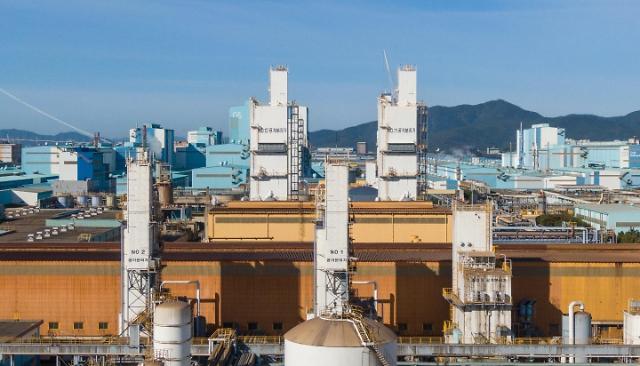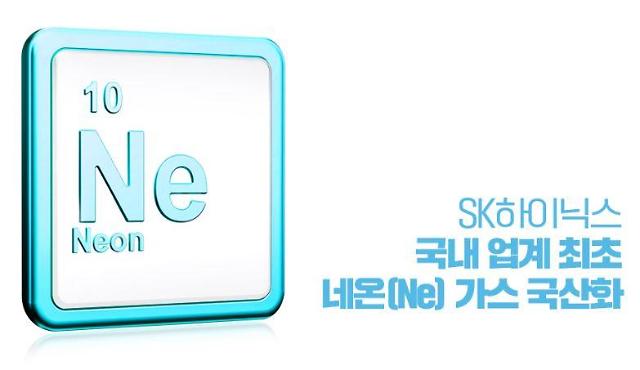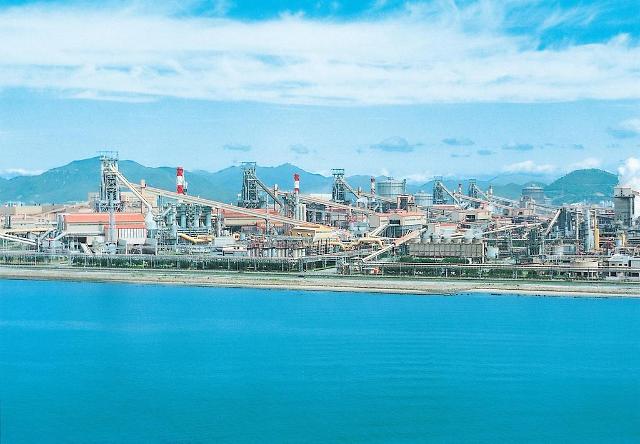
[Courtesy of POSCO]
Rare gases can be produced from residual gas emitted from steel mills with large air separation units. At its steel mill in the southern industrial port of Gwangyang, POSCO will allocate one of its air separation units to xenon production from 2024 and gradually expand production. Samsung Electronics will be in charge of quality certification. Xenon is used for the etching and deposition of microchips in semiconductor manufacturing.
"It is meaningful to use POSCO's facilities to promote the localization of xenon," POSCO's corporate planning and finance division head Yoon Duk-il said in a statement on October 27. "Through close cooperation with Samsung Electronics, we will contribute to the establishment of a stable rare gas supply chain in the domestic semiconductor industry."
POSCO, which nurtures the production of rare gases as a new growth engine, has worked with domestic companies to localize the production of rare gases such as neon, xenon and krypton. In January 2022, the steelmaker completed the construction of neon production facilities in Gwangyang. Neon is a raw material for excimer laser gas used in semiconductor photolithography, a process of engraving electronic circuits on silicon wafers using ultraviolet rays with short wavelengths.
An excimer laser is a form of ultraviolet laser that typically uses a combination of noble and reactive gases. TEMC, a domestic semiconductor gas producer, has refined the extracted gas to produce the excimer laser gas.
POSCO's neon production facility in Gwangyang is cable of producing about 22,000 normal cubic meters of high-purity neon every year, which is enough to cover 16 percent of domestic demand. Normal cubic meter (Nm3) is used to represent the amount of natural gas in the gas industry. In October, Samsung's domestic rival, SK hynix, expanded the proportion of homemade neon gas to 40 percent in semiconductor production.
Copyright ⓒ Aju Press All rights reserved.




View more comments